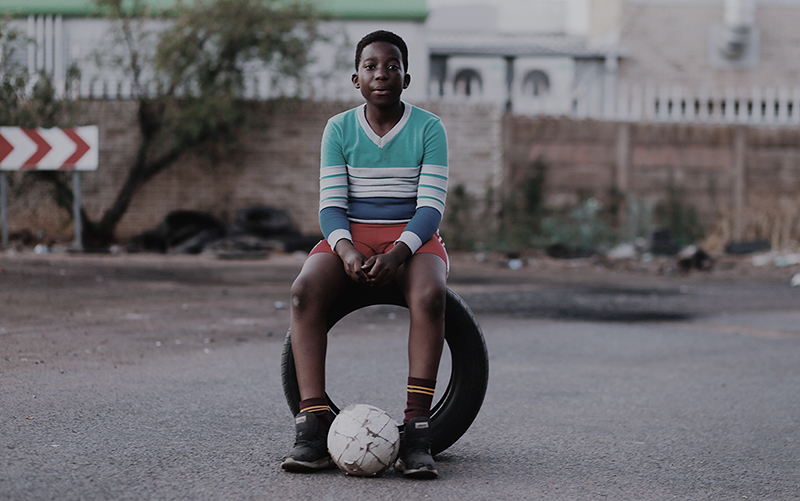 This article is written from my perspective and the views should not be taken as those of all the BAME (black, Asian, and minority ethnic) community. As Tupac Shakur said, 'I can’t speak for all black people'. My experiences as a black person in the UK will not be the same as every other black person, yet I do have insights into what BAME people experience. So why are there differing levels of inactivity within the BAME population? Is it due to the lack of access to good facilities, lack of motivation, the impact of cultural and socioeconomic factors, or is it an expression of racism and discrimination?
This article is written from my perspective and the views should not be taken as those of all the BAME (black, Asian, and minority ethnic) community. As Tupac Shakur said, 'I can’t speak for all black people'. My experiences as a black person in the UK will not be the same as every other black person, yet I do have insights into what BAME people experience. So why are there differing levels of inactivity within the BAME population? Is it due to the lack of access to good facilities, lack of motivation, the impact of cultural and socioeconomic factors, or is it an expression of racism and discrimination?
When I look at the experiences of my close family, children, nephews, nieces and siblings, I can identify that all these factors have had some impact on their participation in sport. Talking to the parents/carers in my family they explain how they have dealt with these barriers and have had differing levels of success in overcoming them. For example, my work tends to be flexible so I can chaperone my children to their sporting activities, which are often at awkward times and challenging distances away. For example, my eldest son may have a training session 65 miles away from our home. Compare this to my cousin who cannot get time off to take her son to Basketball training or her daughter to athletics training because she works in the NHS and cannot be as flexible as I am. Hence her children only participate in physical education at school. When I was teaching in a further education college in London I had conversations with young BAME (16-19 years) students who wouldn’t take the risk of going to training sessions due to fear of being attacked for being in the ‘wrong’ postcode. However, their white counterparts had no such issues because their mum, dad or grandparents were able to chaperone them to the sessions.
Growing up in the UK in the 70s I cannot pinpoint what inspired me to participate in sport. It was not for the lack of role models, there was Sonia Lannaman, Vince Hilaire and Daley Thompson, to name a few. My interest in sports came from watching the 1976 European Football Championships. I started to play football in the school playground and found that I was quite good at most of the sports I participated in and I was always encouraged by my primary school teacher.
Do we have ‘sport for all’ in 2020?
In 2020, does participation among the BAME population, which incidentally is a term I hate, reflect the mantra of Sport for all?
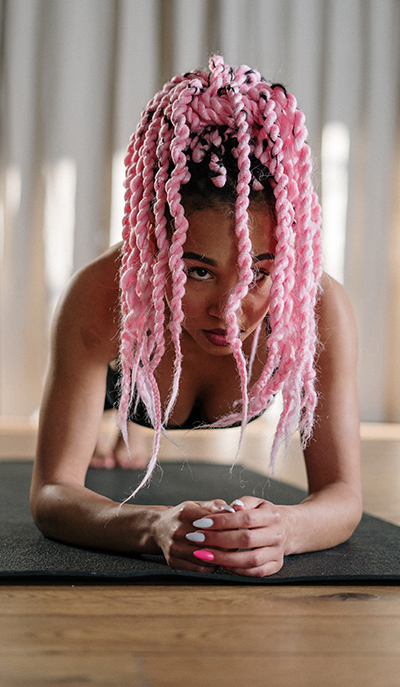 My issue with the term BAME stems from the fact that most people don’t understand what the acronym means and secondly, it’s used as a collective term for all minority ethnic groups. Why should all black, Asian and other minority ethnic groups sit under one umbrella when clearly we are not all the same?
My issue with the term BAME stems from the fact that most people don’t understand what the acronym means and secondly, it’s used as a collective term for all minority ethnic groups. Why should all black, Asian and other minority ethnic groups sit under one umbrella when clearly we are not all the same?
A report from Sport England (2020) represented the activity levels of adults (age 16+) and children (age 5-16) by ethnicity and the data is presented on pages 5 and 8 here. These figures are not something new as Sport England (2020) state that these differences in levels of activity in adults from different ethnic backgrounds have been a consistent trait of Sport England surveys since 2005. When looking at the data on both figures, the levels of disparity among the levels of physical activity participation are both glaring and scary. For example, BAME adults (+16), with the exception of the mixed ethnic group, are less likely to participate in physical activity than their white peers by a margin of up to 10%. It’s a similar story with children. This is a serious issue because the failure to address these current inequalities by not engaging more people from diverse ethnic backgrounds will only lead to more disparities in the overall levels of engagement with sport and physical activity in the long-term. Statistics show that the BAME population is growing and in 2011, 1 in 5 people in England were from Black, Asian, & Minority Ethnic groups and this is projected to increase to 2 in 5 people by 2051 (Sport England, 2020).
Where does the real problem lie?
The BAME community are not, I repeat are not, in the position of power to change things to ensure that these barriers can be removed. This leads me onto the next question.
What can be done in a country where racism and discrimination is getting worse and not better?
A rational person reading this will understand my point of view, however, an irrational or ignorant person will not. The 'system is so complex with social and political levers and pulleys' (Woods, 2020) that have been around for a long time and act, either covertly or overtly, in the favour of white people. The privilege and opportunities for a white person in the UK do not always exist for a black person and therein lies the problem. For example, there are exclusionary processes that act against a young black person attending a training session 100 miles away or at a time when their parents cannot leave work to take them and there is no one else able to help. This barrier is less likely to affect a young white person because statistically, they have family members who are in jobs that allow them to work flexibly and take their child to sporting events.
Also, black athletes’ participation in sport seem to be clustered around just a few sports, such as football, track & field athletics, netball, rugby and basketball. I am yet to see a black British cyclist, rower, jockey or swimmer at elite level. The latter sports are sometimes seen as privileged sports and opportunities are limited to BAME population in covertly and overtly ways. For example, there are stereotypes based on the cultural or ethnic background such as ‘black people can’t swim’ and ‘you’re black, you’re fast, you’re on the wing’. Rowing is seen as a traditional private school sport and not many BAME children go to private schools, so how can a young black person be inspired by the success of London 2012 Olympics progress in the sport of rowing?
Lack of opportunity for BAME is a real problem and here are a few examples of how this may affect participation. Firstly, where I live there are two rugby union clubs within a mile of each other and within a mile of a poor and ethnically diverse area. However, the club’s administrators and coaches are not from the local area. When assessing the racial diversity of players from the micros (under 5 years) up to seniors, it shows there is a chronic lack of BAME participants. Nevertheless, my three sons all play for the team (but not at my insistence). The clubs have not tried enough, in my opinion, to work with the local community to improve the BAME participation and I wonder would it have been different with a more diverse administrative team in place? I would say yes because with greater diversity you have different viewpoints and a better understanding of cultural issues and how to tackle them. But how can we ensure that clubs at grassroots and elite levels mirror the diverse society they exist within?
Discrimination comes in many forms
Another example of discrimination is the barriers that BAME coaches at grassroots levels face. To start with, the good news is that there are 700,000 active BAME coaches who had coached a sport or physical activity in 2017 (UK Coaching, 2018). Furthermore, there was a greater proportion of the adult BAME population involved in coaching, than the adult white population. However, delving further into the report a few points come to light that highlight the lack of opportunities for BAME coaches. For example, when explaining why they started coaching, BAME coaches stated it was to stay involved in sport & physical activity compared to white coaches whose main reason was to support their local team. This is significant because a white coach often has the opportunity to continue coaching with their local team which may progress into a professional capacity, whereas the BAME coach is coaching to stay involved in sport and physical activity and not as a progression into a professional career. Yet, BAME coaches were significantly more likely than white coaches to have a coaching qualification at levels 3 and 4. This is compounded with BAME coaches citing lack of pay and progression in the profession as a major challenge. So even though they may be more qualified, they aren’t getting the recognition that they deserve.
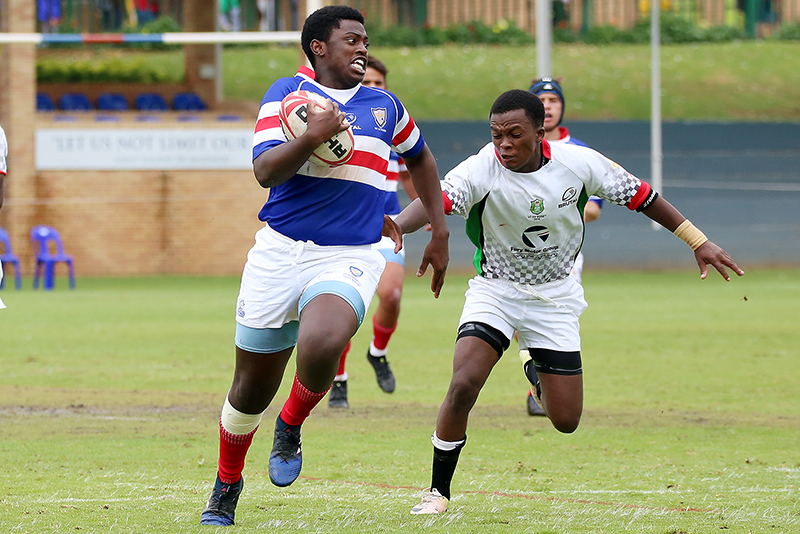 So, why have I brought this up? From a cultural and social point of view, participating in sport or physical activity isn’t a fundamental parental duty like making sure your child attends a school. Therefore, the sports and physical activity industry must ensure that public funding is utilised for everyone and not just the privileged few. So that every child, no matter who they are, gets an equal chance at participating in sports.
So, why have I brought this up? From a cultural and social point of view, participating in sport or physical activity isn’t a fundamental parental duty like making sure your child attends a school. Therefore, the sports and physical activity industry must ensure that public funding is utilised for everyone and not just the privileged few. So that every child, no matter who they are, gets an equal chance at participating in sports.
In terms of improvement, I want to see more BAME coaches when my sons play their matches, more administrators at local sports clubs and more BAME sporting officials. This is what diversity means rather than just seeing an endless stream of white faces in these roles. This does not represent a sporting utopia but sports should not have to mirror the bad politics of today and the past, but it can show politicians the way it can, and should be done.
Is the picture any rosier at the elite level of sport? It’s a resounding no from me! The presence of BAME coaches, administrators and game officials is virtually non-existent in every sport. In Football there are only six BAME managers in England’s top four divisions consisting of 92 professional clubs (5%). There isn’t one black club owner or senior administrator at a club yet there are around 160 BAME players in Premiership out of a total of 500 players (32%). When you read the comments on social media platforms and mainstream media, the main reason that we don’t have more BAME coaches is that those ‘given a chance’ weren’t good enough. If that is truly the case then how did Sam Allardyce become the head coach of England Men’s team when his teams didn’t win any major trophies or were renowned for a brand of football that anyone wanted to watch? It is most likely that stereotypical images of black players being lazy and not having a high level of intelligence are still hindering their progress once their career finishes. Otherwise why the lack of progress? Especially when a new generation of former players, such as Steven Gerrard and Frank Lampard are not including any of their BAME ex-colleagues as part of their coaching team?
In other sports such as rugby union, rugby league, cricket and basketball there is a chronic lack of BAME coaches and administrators. In Rugby Union, former England player, Maggie Alphonsi, is the only black person sitting on the 61-strong RFU council. The Football Association are attempting to bridge the gap through the BAME coaching scheme initiated in 2018 to increase the % of its England coaching staff with people from a BAME background. The English Football League (EFL) has implemented the Rooney Rule. This is like the NFL Rooney Rule whereby the EFL has made it mandatory for clubs to interview at least one BAME candidate when searching for a new first-team manager.
To conclude, we have a long way to go before there is equity across all ethnic groups in sport in the UK. How do we achieve that? The power structures must change by being more inclusive so that they create and implement policies and initiatives that benefit everyone and discriminate against no one. Hopefully, in 10 years, I will revisit this article and write it from a far more positive viewpoint, with the BAME community being present on all levels in the sporting world, and children getting equal access to sports, no matter their background.
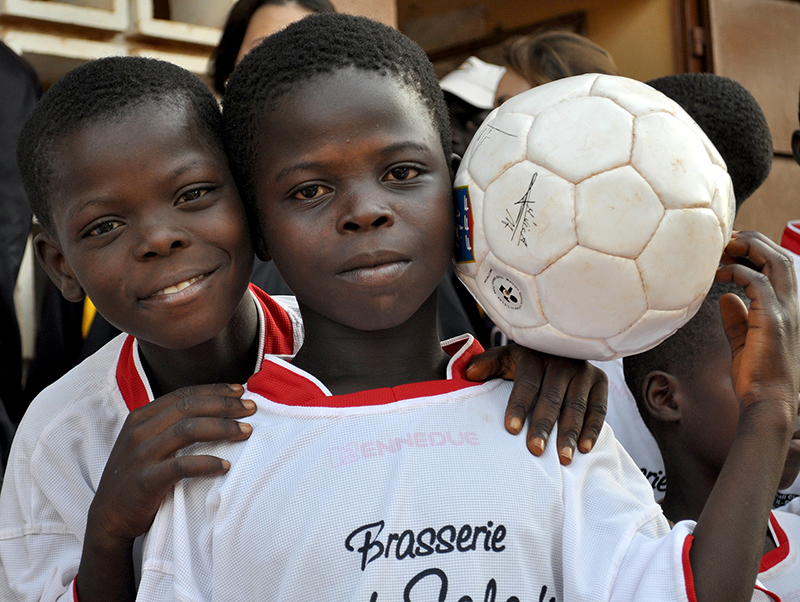
Watch the following video, a presentation given during Black History Month 2022, which explores these issues further.
Do Black lives matter is contemporary sport? An update
An update on the experiences of Black, Asian and Minority Ethnic individuals in sport.
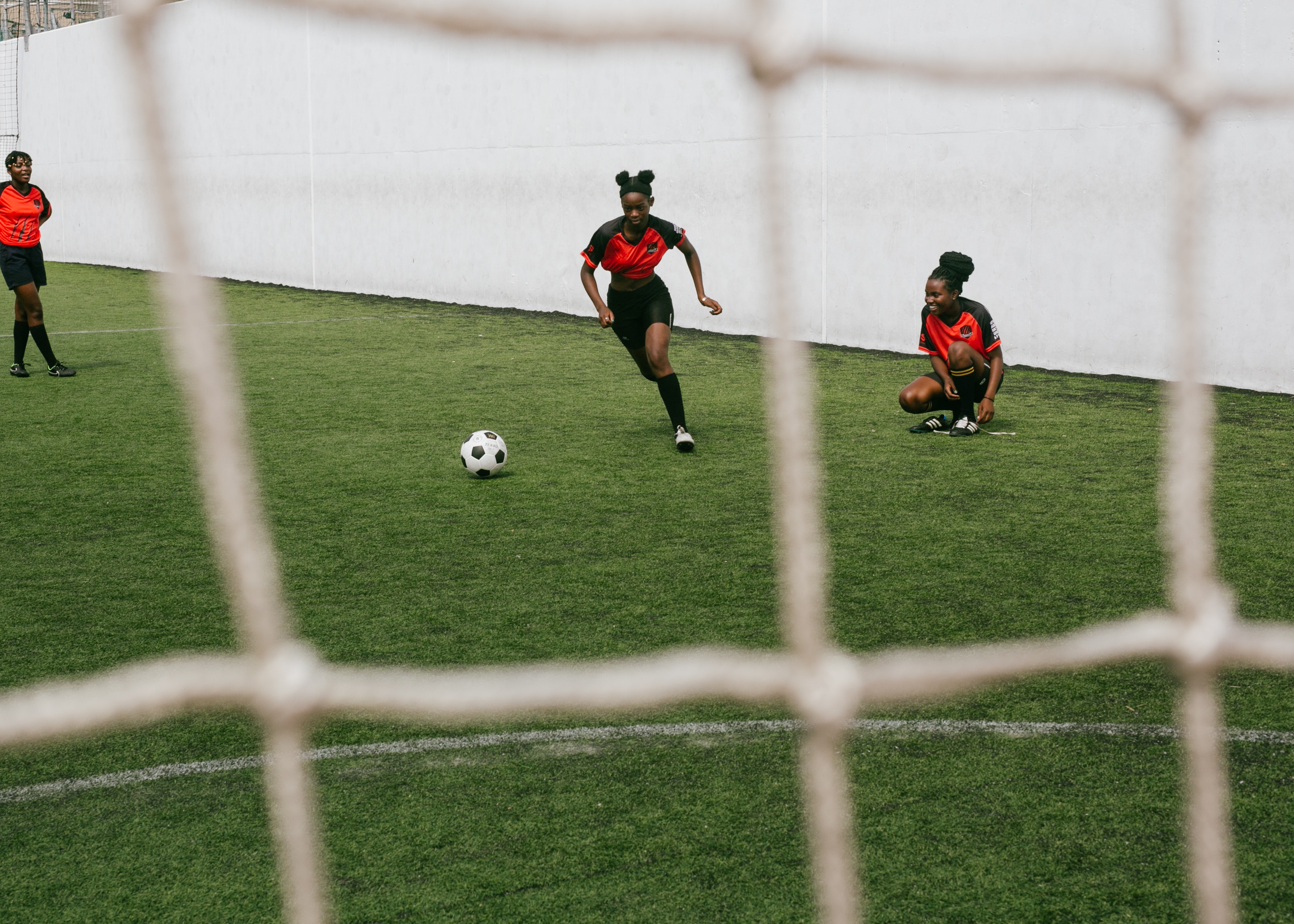
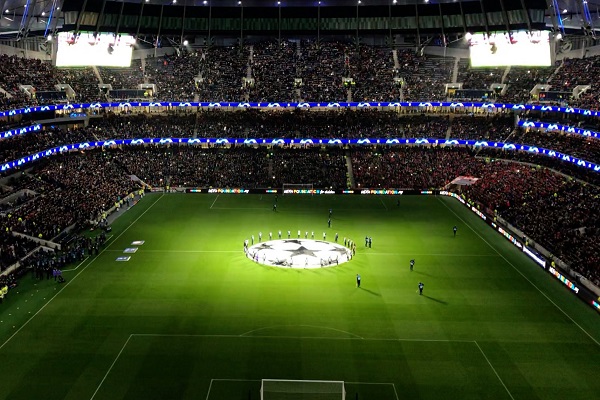
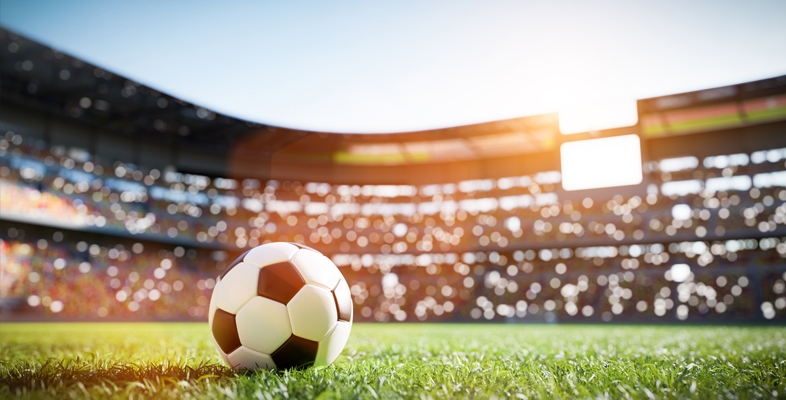
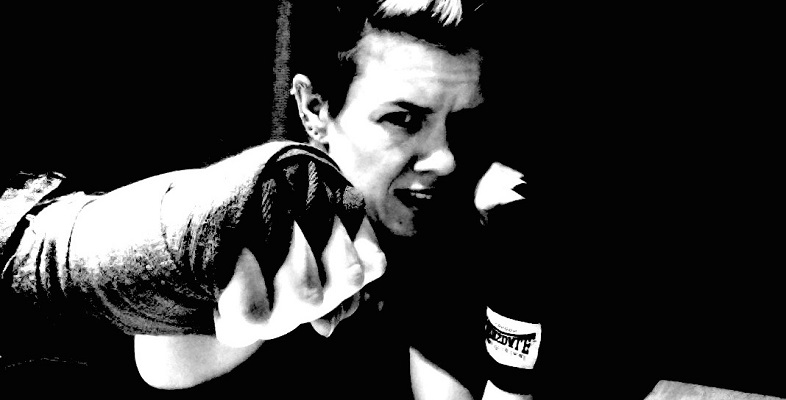
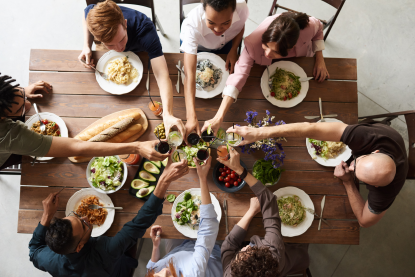
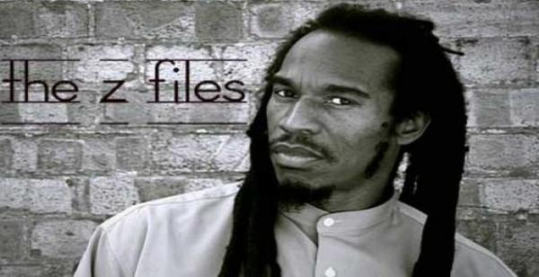
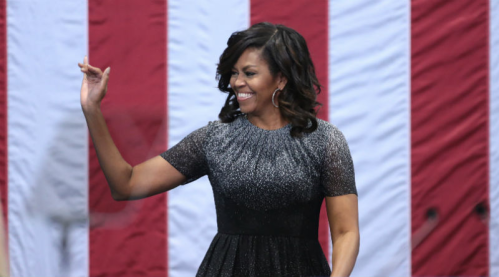
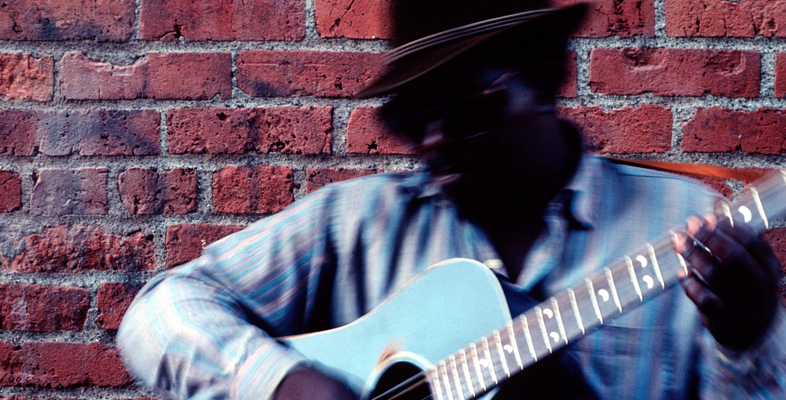
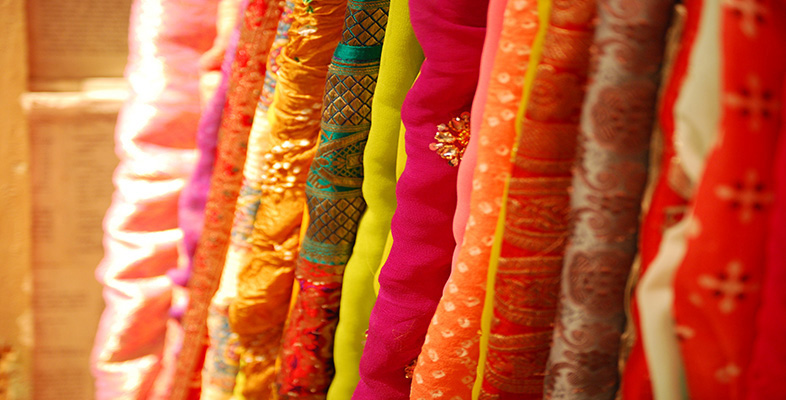
Rate and Review
Rate this article
Review this article
Log into OpenLearn to leave reviews and join in the conversation.
Article reviews